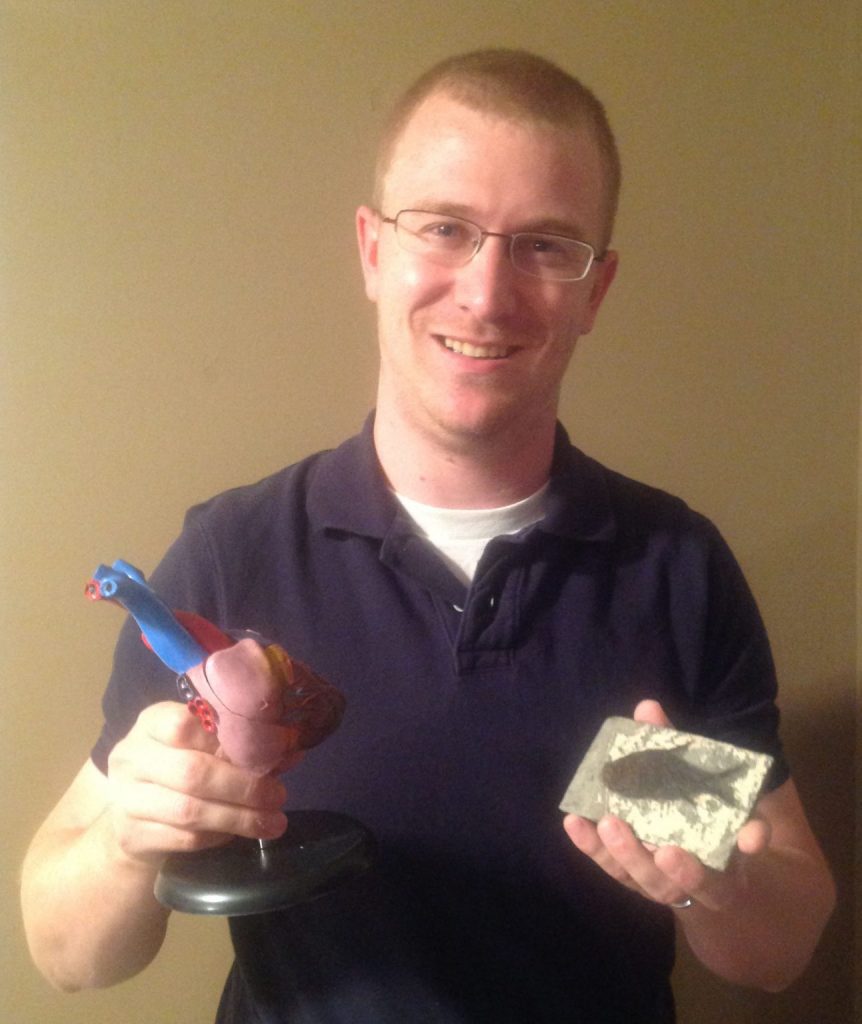Evolution Part 1 The Cosmos

This archived article was written by: Nathaniel Woodward
I don’t believe in evolution, I understand why evolution is true. I say that because I have observed its evidences and as Tyson Chappell, Ph.D., said, “Evidence is not subject to belief.”
When presented with it, you are given two options: to either accept it or reject it based on its merits. So based on the evidence that tested, reproducible and falsifiable experimentation has produced, I have no choice but to accept evolution as scientific fact.
I encourage my readers to examine those evidences for themselves with an open mind and am confident you will experience a rush of emotions that will ease your ascent into the brilliant world of science.
This will be the first part in a series of articles detailing evolution from the beginning of time, to the present day and far, far beyond.
To understand the basics of evolution, we must examine its roots and definition, which is simply “change over time.” The cosmos burst into existence 13.9 billion years ago through a process described as a “Big Bang.” Unfortunately, that term was coined by its earliest detractors and is willingly used by both modern day skeptics as well as scientists.
To begin to get a firm grip on understanding the “Big Bang”, we must examine what it entails and what happened in the immediate time following. Since we will be dealing with some large numbers, I will place some of the figures into scientific notation.
Beginning at 0:00, we have a singularity, or a single place in space-time where all matter, everything that is or was existed together, then in the following seconds all the real fun begins. At 10 (-43) seconds into existence the temperature reached 10-32 degrees Celsius, or very, very, very hot causing a period of quantum gravity and exotic physics.
Next is where the term “Big Bang” comes from. The Cosmos expanded from an infinitely small space to over 100 light years across in 10 (-35) seconds, an impossibly fast amount of time. This is why “Big Bang” is so troublesome, the expansion was so rapid, dwarfing the speed of light, that we can’t view it as a true expansion, but as a “Big Appearing” when all things burst into existence beyond our understanding of physics. Imagine, expanding from nothing to 100-light years in a decillionth of a second.
Hopefully, you had as many goose bumps reading that as I did when I wrote it. At 10 (-11) seconds quarks and gluons, the smallest building blocks of atoms begin to appear, all while the Cosmos was at a cozy 10 quadrillion degrees Celsius.
Next, at 10 microseconds those quarks begin to bind together into protons and neutrons, the things that give an atom its weight and characteristics. Finally at 100 seconds, after the “Big Bang” basic elements like helium and hydrogen are forming and beginning life as we know it, and all this while the Cosmos is still at 1 billion degrees Celsius.
These events laid the building blocks for what would eventually become Earth, the Sun and even you and me.
As matter expanded throughout our observable universe, it would clump together forming asteroids, planets and stars. Some of those stars would become enormous, much larger than the size of our Sun which would at their death result in massive explosions called Super Novas.
Without those super novas, you and I could not exist, because all the iron in your blood, the oxygen in your cells as well as many other elements critical for life to exist, were created in the incredibly hot ovens of those stars.
Carl Sagan said, “You, I, all of us….are made of star stuff.” It is my most sincere desire that you take that to heart, understanding the importance of your existence.
Everything that took place all those billions of years ago, the massive explosion that created the Cosmos, the death of ancient super massive stars and the coming together of their remnants in our own little solar system led to your existence.
Each and every one of you, is made of stars and with any luck will become part of one again.




